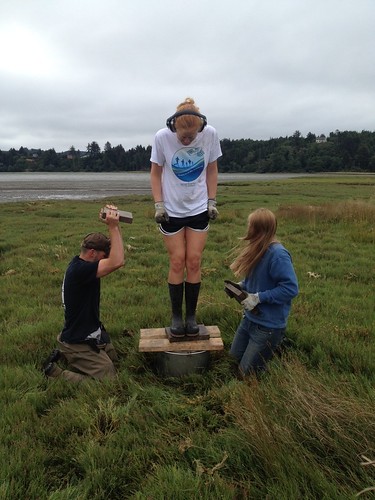Hi All,
If you are interested, a journalist at the workshop just posted this article about the workshop (he might have done a slightly better job explaining it than I did) Take a look!
http://psuvanguard.com/news/japanese-tsunami-debris-prompts-discussion-at-psu/
In other news, after the workshop I have continued to be busy busy as two of my co-workers teach me the fiscal ropes of travel reimbursement and accounting. Not sure this is my favorite part of the summer, but it is new, interesting and useful for sure. So far I have learned that there are a lot of different people in a lot of different places that have to be in the loop when trying to reimburse people for their workshop travel expenses. Also, I have learned much about being diligent in my communications; the travel reimbursement process requires several different forms to be filled out, and because I was not painstakingly thorough in my directions, we received many forms back that were incomplete, filled out incorrectly, the wrong combination of forms, or were missing forms. I also needed to be very clear where I wanted documents to go, instead of saying “please send all documents back to me” at some point in the email I needed to be clear concise and evident: “ALL forms must be either faxed (fax number here) or emailed directly to me.” Because otherwise, forms were faxed to the main billing and finance office for OSU which makes it increasingly difficult to track and follow-up with people about their reimbursement. My organizational skills are also being put to the test as I must track how has responded with what, what I still need from them, who to follow up with, what forms have been sent to central payables, who still needs an index number, etc. I’m sure you are all riveted, and would love to hear more, but I’ll leave it at that for now.




